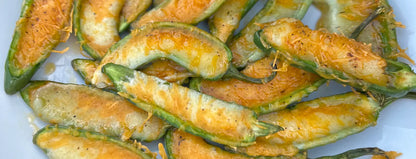Unlock the full potential of beef flavor with this reverse-seared tri-tip recipe using the Char-Griller Wrangler Charcoal Grill. This method delivers unbeatable tenderness, deep smoky notes from hickory wood, and a beautifully crusted bark thanks to a final sear over open flame.
The Char-Griller Wrangler’s barrel-style design makes it easy to manage two heat zones—perfect for reverse searing. Its spacious grill grates and ability to burn both charcoal and wood chunks give you precise control for smoking and searing in one session.

 Flat Iron® Portable 17-inch Gas Griddle
Flat Iron® Portable 17-inch Gas Griddle
 Flat Iron® Premium Gas Griddle
Flat Iron® Premium Gas Griddle
 Flat Iron® Gas Griddle with Lid
Flat Iron® Gas Griddle with Lid


 Sauced and No Sauce Spare Ribs
Sauced and No Sauce Spare Ribs
 Pulled Pork n' Bacon Cheesy Sliders
Pulled Pork n' Bacon Cheesy Sliders
 Smoked Pulled Leg of Lamb
Smoked Pulled Leg of Lamb










